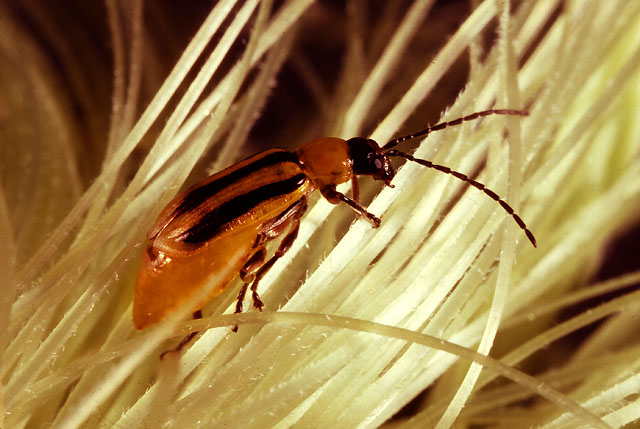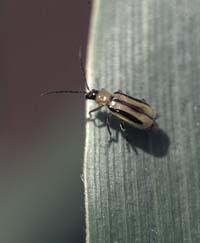Returning maize itself through genetic transformation
2014/07/08 Galarraga Aiestaran, Ana - Elhuyar Zientzia Iturria: Elhuyar aldizkaria

Although the new maize varieties are more fertile than the old ones, they focus on those vulnerable to insects and other pathogens, which have lost the ability to combat them. Now, using genetic transformation techniques, researchers at the University of Neuchâtel (Switzerland) have managed to return this faculty.
Specifically, they have returned to maize the ability to produce E-beta-caryophyllene. According to the researchers, this molecule was originated by the ancestors of the current corn at its roots. This molecule attracts good soil nematodes, which kill a worm (Diabrotica virgifera virgifera), one of the biggest enemies of corn.
However, current varieties do not have the capacity to generate E-beta-caryophyllene, which causes huge losses in the corn harvest, especially in the United States and Canada. Thus, to enhance corn, the gene of E-beta-caryophyllene, taken from oregano, has been introduced. And they have shown that it is effective: transgenic maize continuously produces E-beta-caryophyllene and the worm does not harm it so much.
The researchers have stated that the wild ancestor of maize, theosinte, is being investigated to know what other protectors have been lost in the way of domestication of maize and, ultimately, to return it through genetic transformation.

Gai honi buruzko eduki gehiago
Elhuyarrek garatutako teknologia





